London’s Serpentine Galleries has revealed that South Korean studio Mass Studies will design the 23rd iteration of the annual Serpentine Pavilion at Kensington Gardens. The winning commission, entitled Archipelagic Void, will be on public view from June 7 through October 27 and, like pavilions past, serve as backdrop for a full calendar of free cultural programming—music, dance, poetry readings, and more—staged by the Serpentine throughout the summer and fall. The inaugural Serpentine Pavilion designed by Zaha Hadid was staged in 2000 with more recent participants including Lina Ghotmeh, Theaster Gates, Sumayya Vally of Counterspace, Junya Ishigami, and Francis Kéré.
Describing itself as “as a critical investigation of architecture in the context of mass production, intensely over-populated urban conditions, and other emergent cultural niches that define contemporary society,” the Seoul-based Mass Studies is led by award-winning architect Minsuk Cho, a graduate of Yonsei University and the Columbia University Graduate School of Architecture, Planning, and Preservation who, prior to establishing the firm in 2003, worked at OMA’s Rotterdam office and served as co-founder of Cho Slade Architecture, a 2000 RECORD Design Vanguard–winning New York–based studio established with James Slade in 1998.
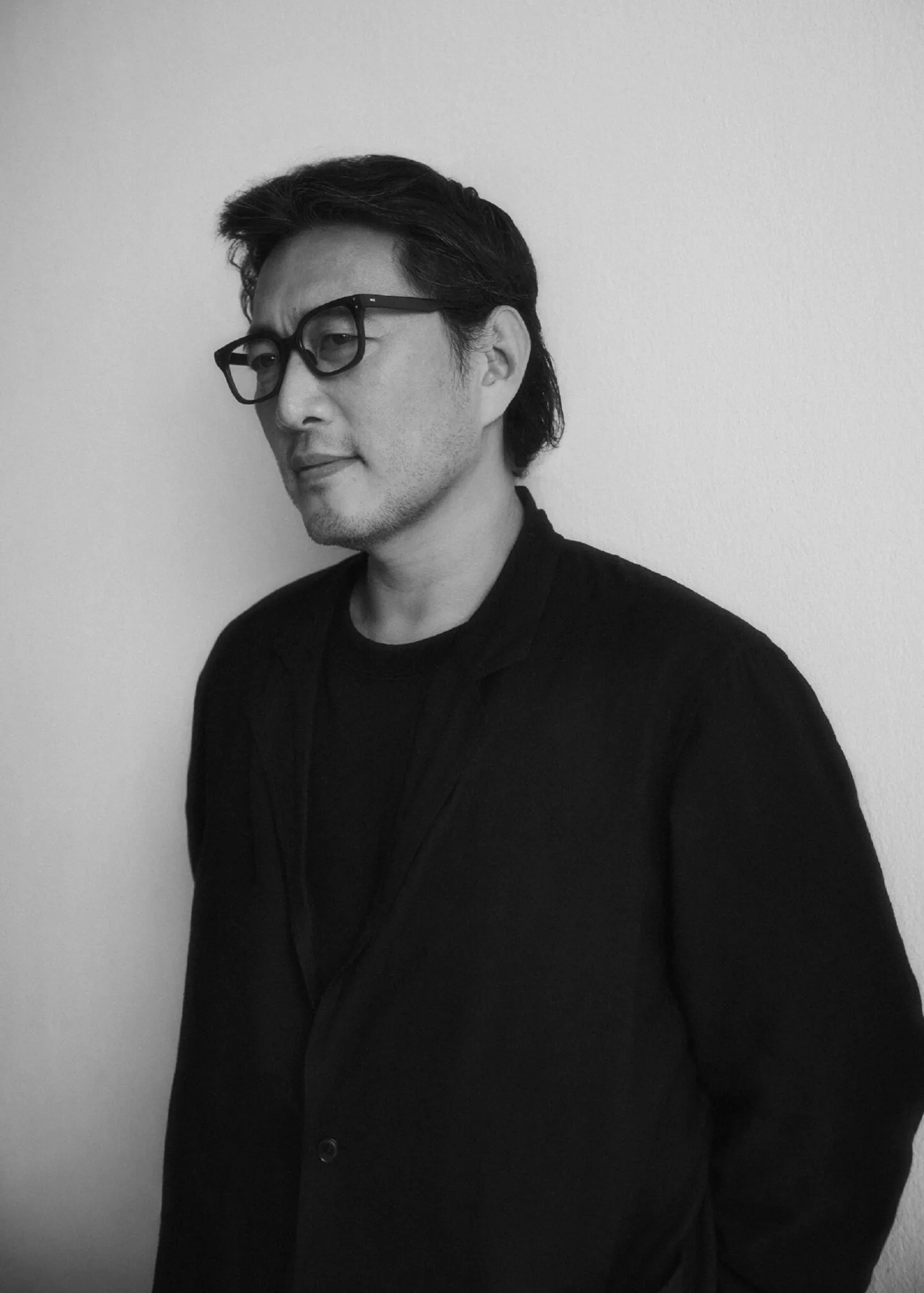
Seoul-based architect Minsuk Cho. Photo © Mok Jungwook
“We are honored and grateful to be chosen as the next Serpentine Pavilion Architect,” said Cho in a statement. “We began by asking what can be uncovered and added to the Serpentine site, which has already explored over 20 iterations at the center of the lawn, from a roster of great architects and artists. To approach this new chapter differently, instead of viewing it as a carte blanche, we embraced the challenge of considering the many existing peripheral elements while exploring the center as a void.”
To this end, Archipelagic Void will take form as a series of modestly sized and adaptable “island” structures that form a star-shaped constellation around the edge of the central void mentioned by Cho. The circular empty space at the center of the work is inspired by and functions as the madang, a central courtyard found in older Korean residential architecture. As for the island spaces themselves—five in total—each will serve as unique so-called “content machines.” For example, the Gallery “island” functions as a welcoming entry portal to the larger installation while the Auditorium, as described, will take form as a large, sheltered gathering area. The Library is envisioned as a quiet, contemplative nook while the Tea House nods to the adjacent Serpentine South gallery’s historic role as a tea pavilion. Finally, the largely open Play Tower will feature a climbable netted structure.
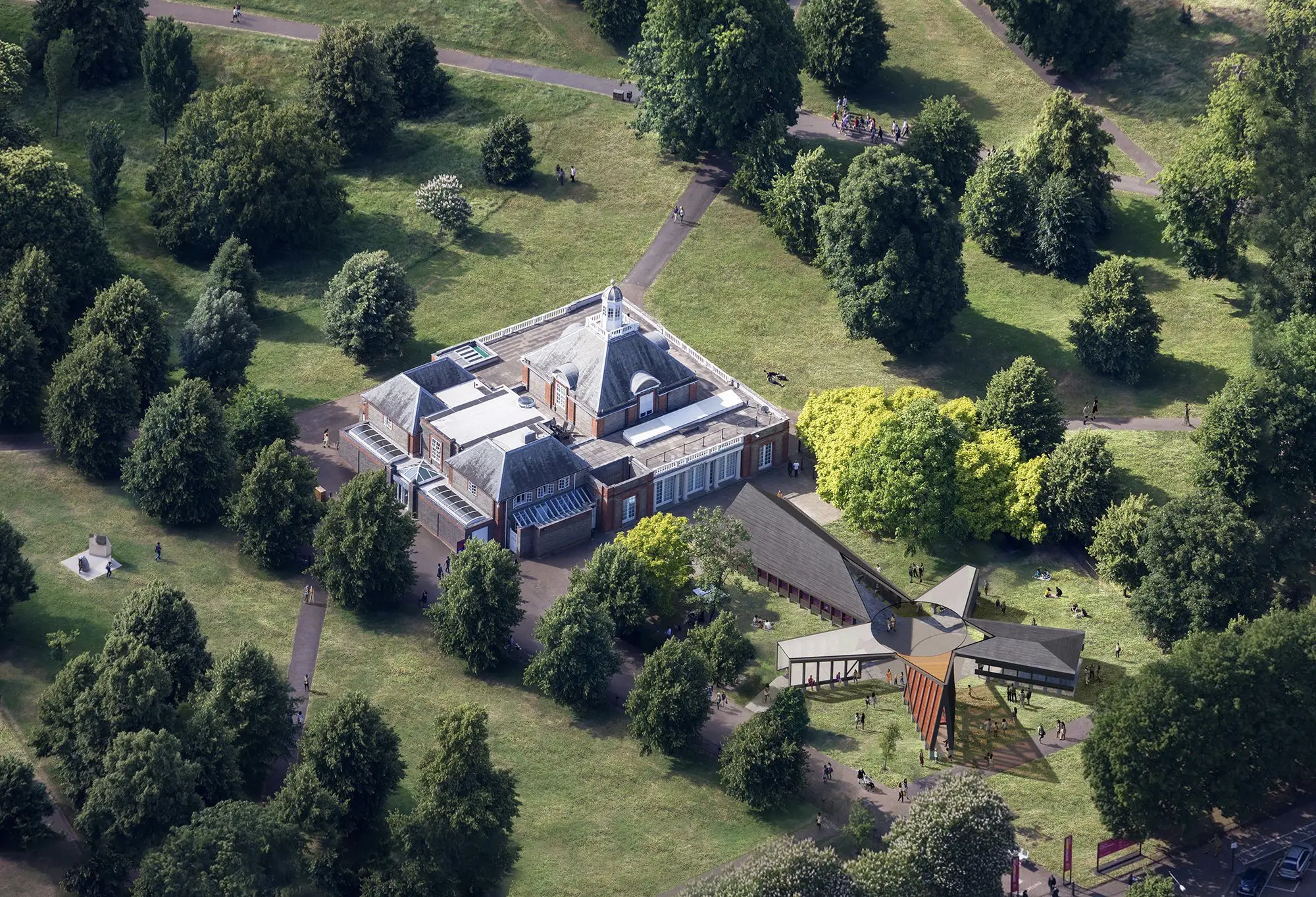
Aerial rendering of the 2024 Serpentive Pavilion, shown in relation to the Serpentine South Gallery at Kensington Gardens. Image © Mass Studies, courtesy Serpentine Galleries
As the commission announcement elaborates, these disparate parts “become a montage of ten spaces surrounding the void: five distinct covered spaces and five open, in-between areas, each acting as a threshold that seamlessly integrates with the surrounding park and Pavilion activities.”
“By inverting the center as a void, we shift our architectural focus away from the built center of the past, facilitating new possibilities and narratives,” adds Cho.
The 2024 edition of the Serpentine Pavilion marks the 10th consecutive year that the commission has been financially supported by Goldman Sachs.



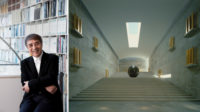
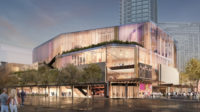
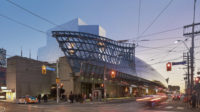
Post a comment to this article
Report Abusive Comment